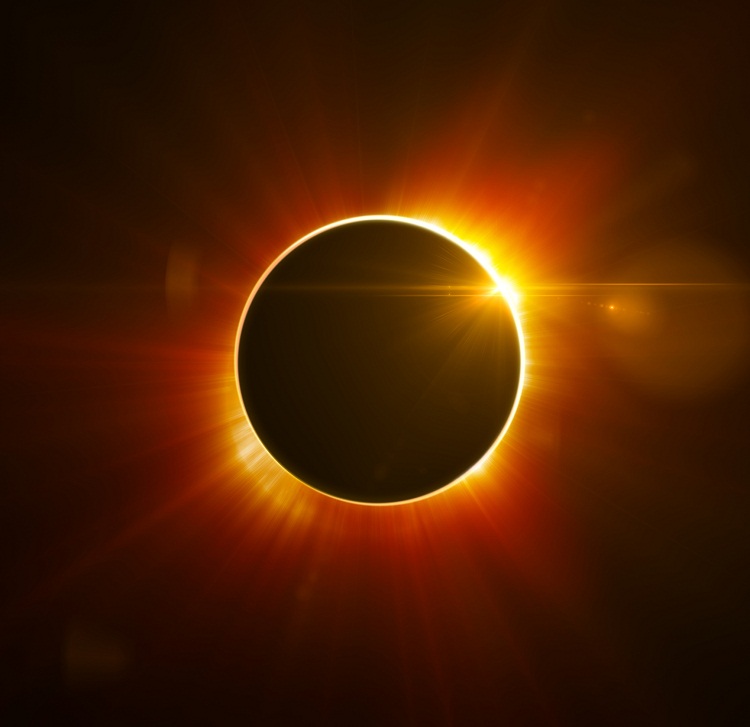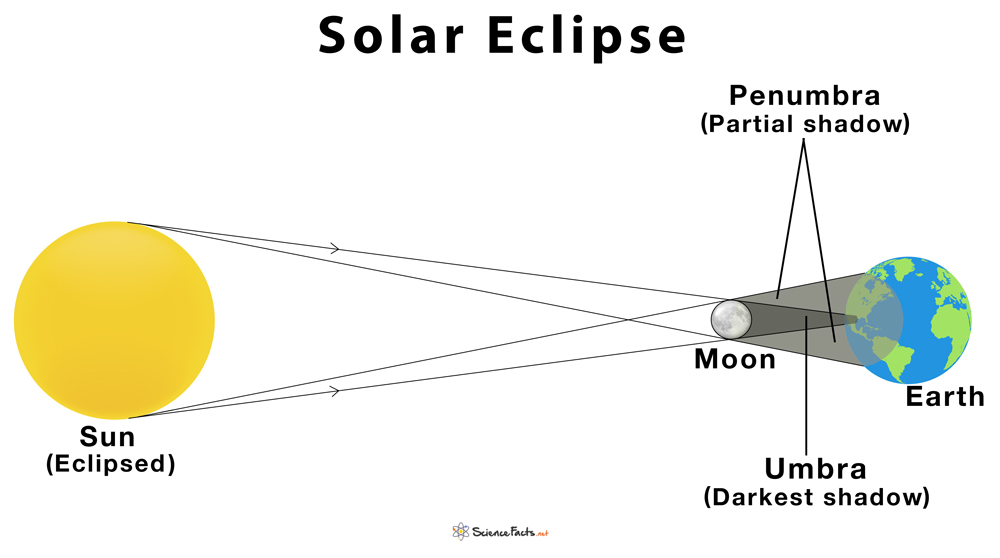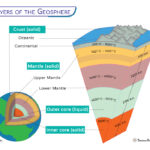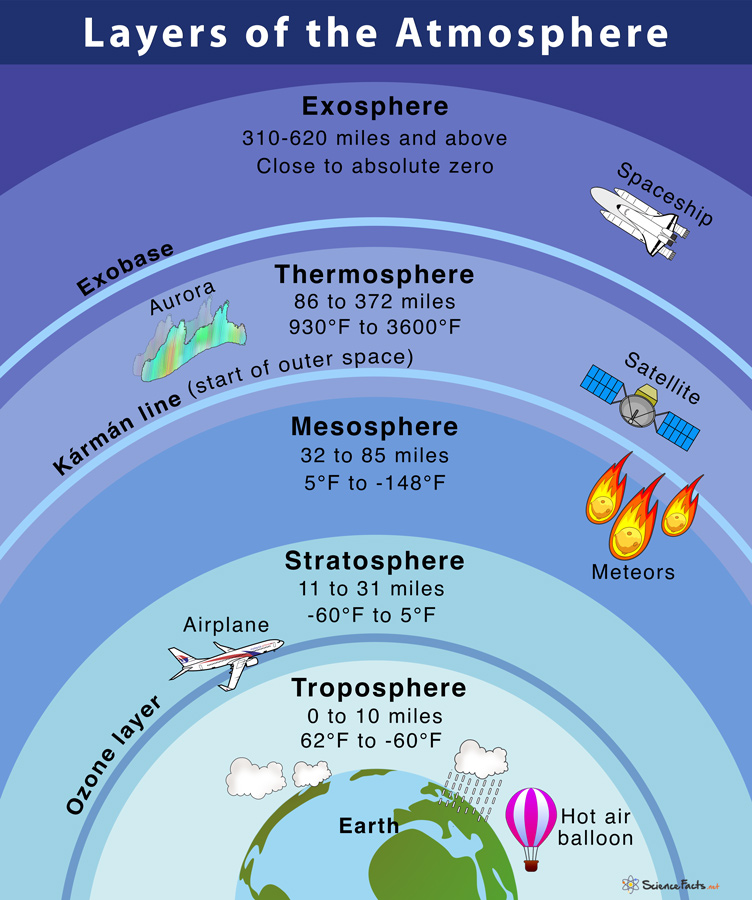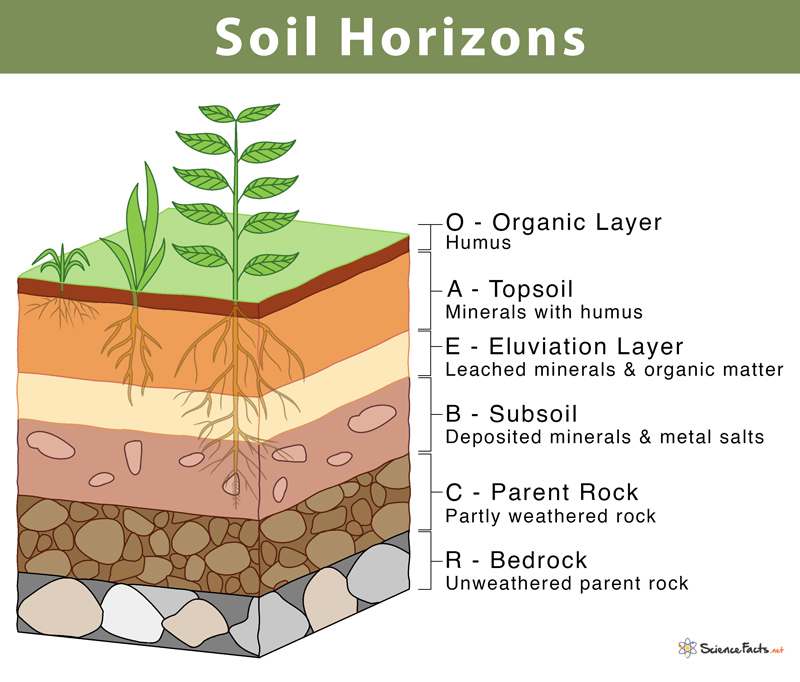Solar Eclipse
What is a Solar Eclipse
A solar eclipse is a natural phenomenon in which a portion of the earth goes under the shadow of the moon, which partially or fully blocks the sun’s rays from reaching the earth.
What Causes a Solar Eclipse
It occurs when the moon gets between the earth and the sun, and the moon casts a shadow over the earth, with all three celestial bodies aligned in a plane. For a solar eclipse to occur, the essential condition that must happen is that the moon has to be in the new moon phase when it first appears as a slender crescent.
Types of Solar Eclipse
1) Partial Solar Eclipse
Happens when the moon comes between the sun and earth, but the moon only partially covers the disk of the sun. During a partial solar eclipse, the moon, the sun, and the earth do not align in a perfectly straight line, and the moon casts only a partial shadow called the penumbra on earth.
2) Annular Solar Eclipse
Takes place when the moon covers the center of the sun, leaving the sun’s visible outer edges to form a ‘ring of fire’ or annulus around the moon.
3) Total Solar Eclipse
Occurs when the moon completely blocks the rays of the sun, thus casting its darkest shadow called the umbra on earth. During this phase, the moon covers the entire disk of the sun.
4) Hybrid Solar Eclipse
Looks like an annular solar eclipse or a total solar eclipse, depending on the observer’s location. A hybrid solar eclipse becomes an annular solar eclipse when the path of the moon first touches the earth while entering or leaving its surface but becomes a total solar eclipse for a period between the two phases.
FAQs
Ans. Every year at least two solar eclipses and as many as five occur somewhere on earth. On average, a total solar eclipse can be seen from any given location on earth every 18 months; it is estimated that they recur at any given place only once every 360 to 410 years, on average.
Ans. A solar eclipse does not happen every month because the earth’s orbit around the sun is not in the same plane as the moon’s orbit around the earth, and thus the moon cannot cast its shadow on earth, so frequently.
Ans. A solar eclipse can last up to 7 minutes and 31 seconds.
Ans. The solar eclipse can occur only when the moon comes between the sun and earth, which blocks the rays of the sun from reaching earth by casting its shadow over it. This means the sunlight meant to reach earth is now falling on the moon’s surface, facing the sun with the dark face of the moon facing the earth, thus causing new moon on earth.
Ans. A solar eclipse occurs when the moon comes between the sun and earth, blocking all or portion of the sun’s rays from reaching the earth. In contrast, a lunar eclipse happens when the earth comes between the moon and the sun, thus blocking the sun’s rays from reaching the moon.
Ans. We should not look at the solar eclipse without glasses as it can permanently damage our eye and cause blindness. Since we are not supposed to look at the solar eclipse with our naked eye, one should use sun-protective glasses while looking at them.
Ans. Most animals, including dogs, do not look at the sun so often, so the chance that their eyes may get damaged is very less. However, it is found that their behavior can get affected due to the eclipse, and thus it is better to keep them indoors during the eclipse.
Article was last reviewed on Monday, April 6, 2020

